Risk management an inevitable trend of modern customs management
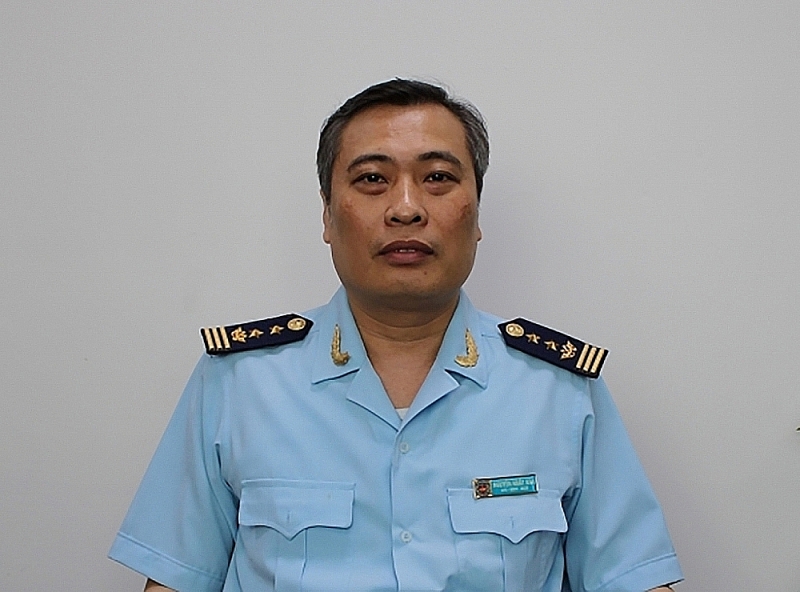 |
| Director of Risk Management Department Nguyen Nhat Kha |
Can you tell us about the important achievements of risk management for the development of the Customs sector, especially amid increasing import and export turnover each year?
Risk management is an inevitable trend of modern customs management. This mechanism has been applied by customs authorities of many countries around the world such as the US, the UK, France, Japan and South Korea.
Especially amid strong international trade, the import and export value of Vietnam's goods has also increased rapidly in recent years. In 2020, Vietnam’s total import-export turnover topped $540 billion. Risk management is increasingly proving its role as an effective measure of Customs in implementing the "dual goals" of both facilitating legal import-export goods and people on entry and exit, while ensuring control and detecting fraud and violations in the field of customs, ensuring revenue for the State budget.
An important achievement of risk management in the development of the Customs sector is the channel classification for inspection in implementation of customs procedures for import and export goods completed day by day, the rate of channel classification has exceeded the targets set in the Customs Development Strategy to 2020. By applying risk management combined with the transition from "pre-inspection" to "post-audit", the Customs sector has created a radical change in the customs administration, from manual to automated based on risk assessment, significantly reducing the rate of physical inspection of goods, contributing to simplifying customs procedures, reducing cargo clearance time, saving resources for both Customs authorities and firms, reducing costs of firms in the process of cargo clearance. Along with that, channel classification is entirely automated, reducing the intervention of Customs officials in customs management activities and minimising the contact between businesses and Customs authorities.
In 2011, the rate of physical inspection of goods was 12.62%, in 2014 it was 9.68%, and in 2020 it fell to 4.91%.
The risk management system is built quite completely in terms of both legal framework and the process, professional measures system for risk management, compliance management, creating a basis for the use of risk management and compliance management in customs operations.
The Customs sector has conducted compliance assessment and risk ratings for almost 150,000 import-export firms; annually collect and update information on tens of thousands of business dossiers, classify and transfer a list of about 500 firms selecting for conducting post-clearance audit to check compliance.
The sector has controlled, prevented and detected violations, smuggling and trade frauds in the customs field by applying risk management measures such as setting standards of channel classification for inspection, developing risk profiles, key business profiles, implementing plans, risk control topics, identifying key points and strengthening inspection by using container scanning machine, as well as providing information of online supervision, contributing to the prevention of revenue loss. According to statistics, from 2014 to 2020, the number of violations detected increased from 12,337 to 16,725 cases. This shows risk management is effective in terms of trade facilitation and control.
The Ministry of Finance and the General Department of Vietnam Customs are making efforts to implement the Project on reform of specialised inspection at border gates in the spirit of Decision 38/QD-TTg. What benefits will this bring to management agencies and businesses when applying risk management in import-export activities?
To implement risk management in food quality and safety inspection in accordance with the reform spirit of the Scheme in Decision 38/QD-TTg, in the future, the Customs sector, as well as ministries and sectors, will conduct an assessment on law compliance of firms importing goods subject to quality inspection and food safety inspection. Via this activity, the inspection authority can identify which importers are good compliance with the law, which importers regularly violate the law and have high risks in importing goods subject to specialised inspection, from that facilitate or enhance inspections for importers under varying degrees of risk.
On the other hand, assessing and classifying level of risk for goods based on the criteria for exporters and manufacturers in foreign countries to classify the level of risk for goods...
Principles of risk management are implemented extensively and actually contribute to the classification of risk levels, as a basis for arranging resources for inspection. The inspection agency will focus resources to inspect and control high-risk goods of firms that do not comply with the law, high-risk shipments that are likely to be violated.
To facilitate quick cargo clearance, proactively prevent and detect smuggling and trade fraud, the Customs sector has promoted improvement of efficiency and effectiveness in using the container scanning system. Can you tell us some results and challenges of this activity in the Customs Development Strategy for 2021-2030?
The Risk Management Department and the Customs Departments of the provinces and cities have concentrated resources and applied measures to implement scanning in a comprehensive, unified, and timely manner at three levels, including the General Department of Vietnam Customs, the provincial and municipal customs departments and the customs branch. Promoting the application of container scanning machine in customs management, focusing on risk analysis and assessment, enhancing the selection of scanning for shipments during the loading and unloading process at ports, warehouses, yards, import border gate area.
The implementation showed the efficiency and effectiveness of scanning has improved. Compared to the same period in the first five months of 2020, the total number of scanned containers in the first five months of 2021 was up by 1.9 times (average is about 570 containers per day); The number of suspected containers increased by 4.1 times, the number of violations increased by 1.7 times (with about 200 violations). In particular, the Customs force discovered many cases of smuggling and illegal transport of banned goods, firms importing goods failed to declare, declared wrong types; transit containers were scanned for suspicion. Through conducting physical inspection discovered that many containers of consumer goods were collected having the address and recipient's name in Vietnam and many cases of amending and supplementing the declarations leading to an increase of taxable value and increase of the payable tax amount.
In the process of development and modernisation of customs by 2030, there will be strong reforms via the development of information technology applications and the enhancement of equipment like a container scanning system serving for customs management. This showed that focusing on improving efficiency and effectiveness in selection and inspection of goods by scanning machines is the right direction.
To make this work more quality and effective, the Customs authority needs to solve a number of difficulties and challenges like urgently completing relevant regulatory documents to establish a transparent and consistent legal corridor; consolidating a contingent of professional customs officials who are capable of performance, and completing and upgrading the information system to meet requirements of professional operation.
Thank you!
Related News
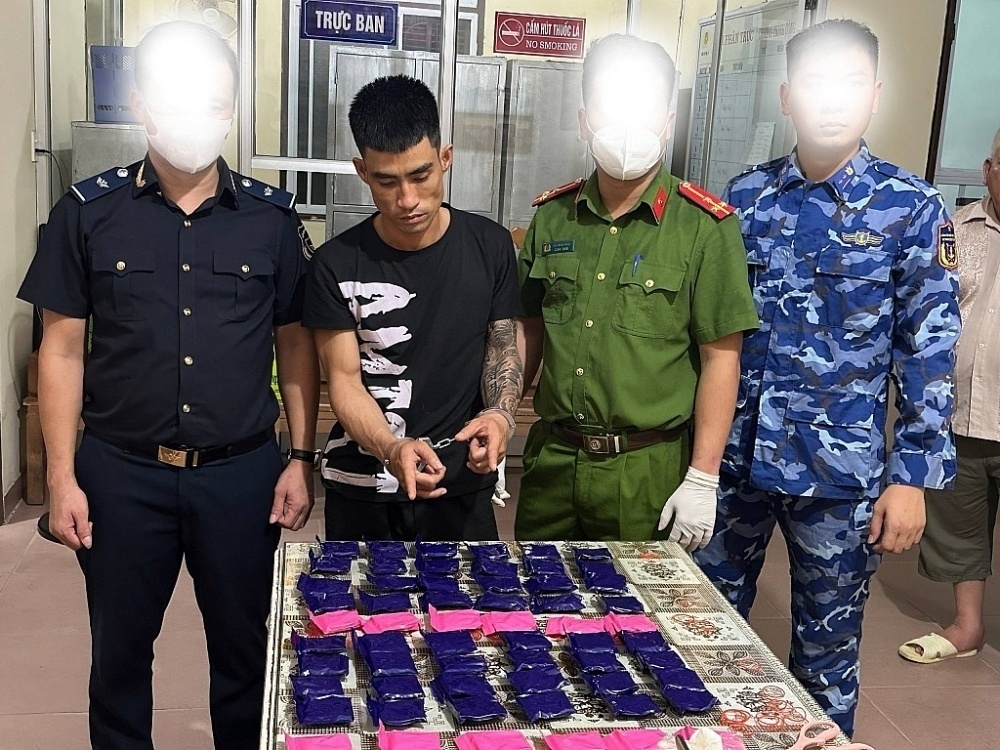
Customs crackdown nets 1,430 violations in first month
14:50 | 14/02/2025 Anti-Smuggling
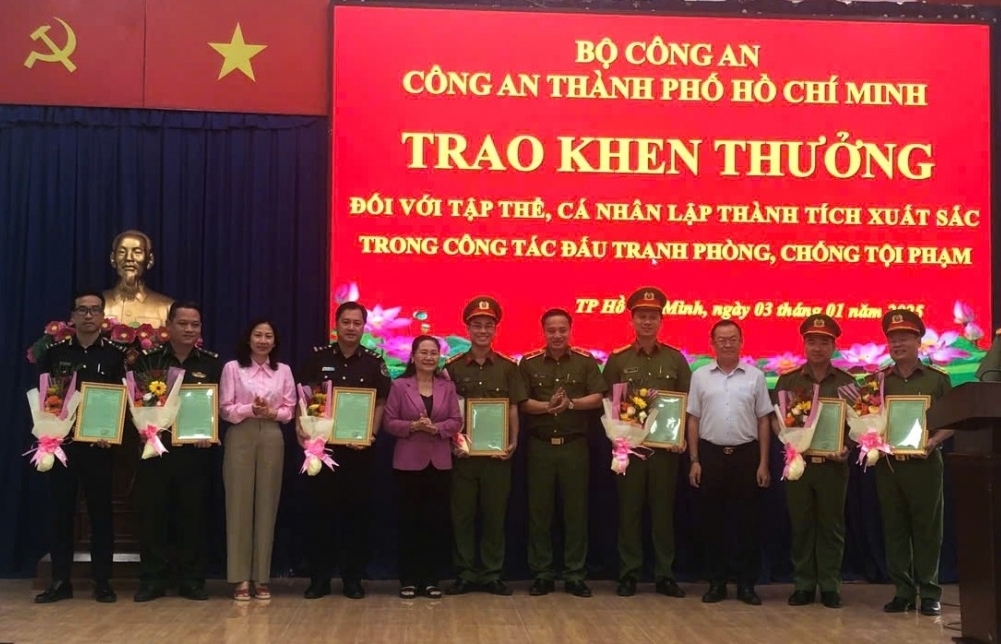
Proactive customs measures for express parcels: Tightening control over import-export goods
22:09 | 27/01/2025 Customs
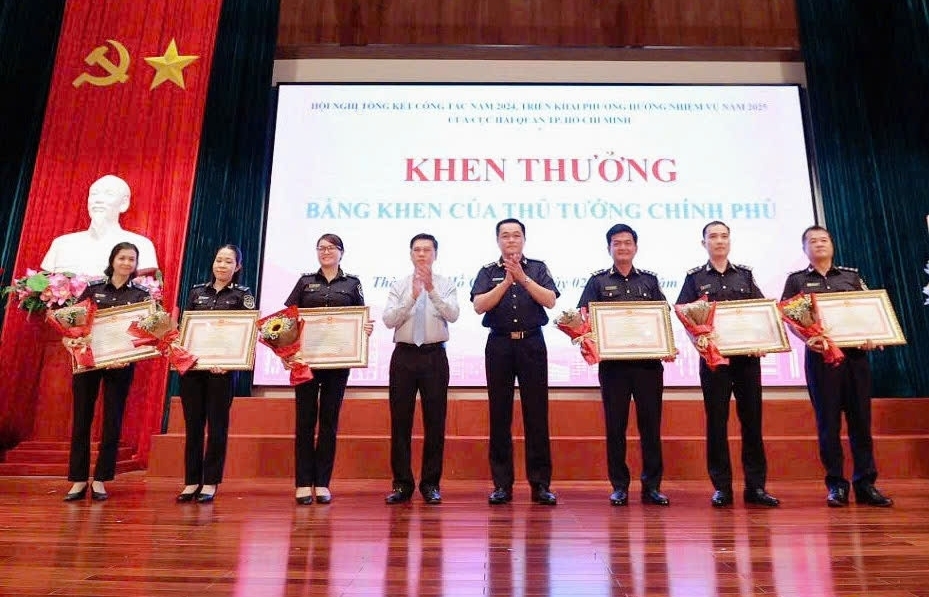
HCMC Customs: Outstanding performance across all operations
06:36 | 05/01/2025 Customs
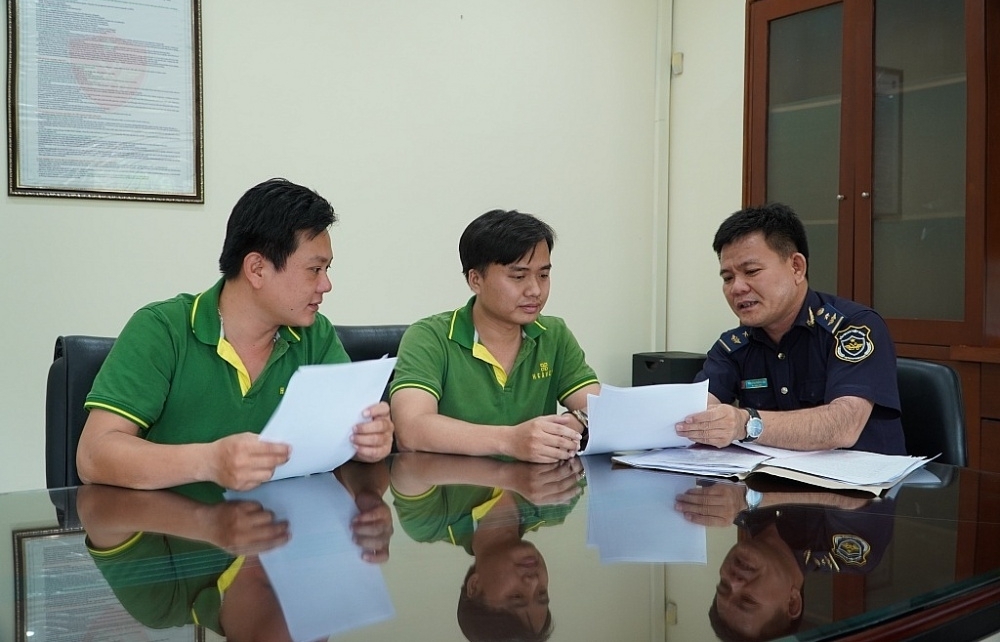
Tackling revenue challenges: Dong Nai Customs Department’s strategic plan for 2025
14:28 | 03/01/2025 Customs
Latest News
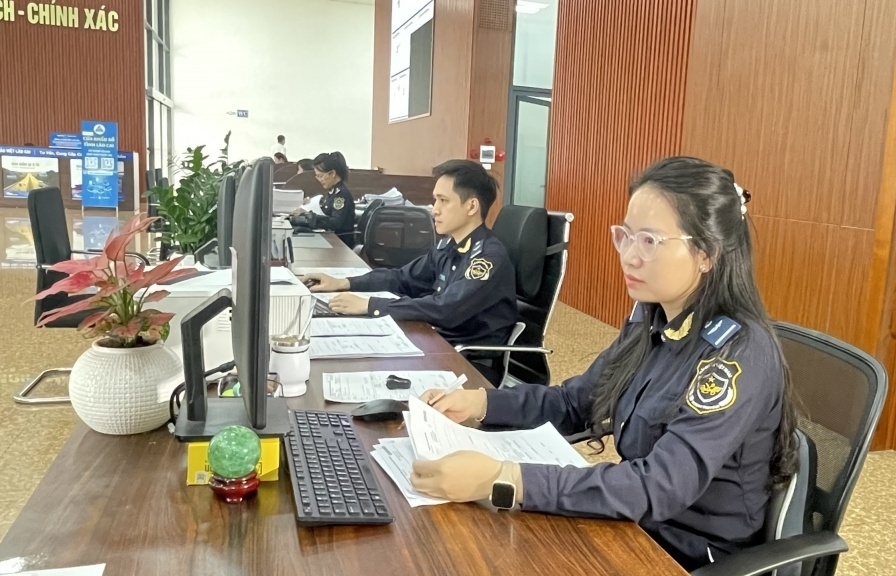
Vietnam Customs forms implementation task force on developing customs procedures
16:29 | 15/02/2025 Customs

Quang Tri Customs launches business support initiatives
16:29 | 15/02/2025 Customs
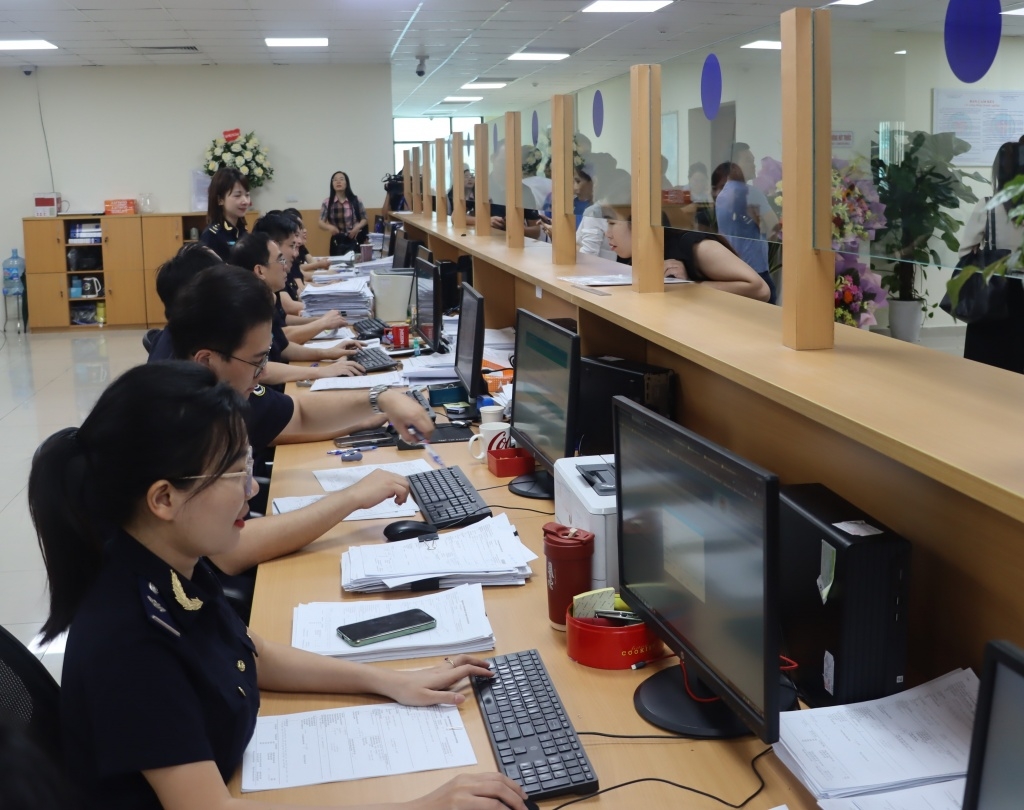
Hai Phong Customs’ revenue rises about VND 1,000 billion
14:52 | 14/02/2025 Customs

Administrative reform: Khanh Hoa Customs delivers impressive results
14:52 | 14/02/2025 Customs
More News
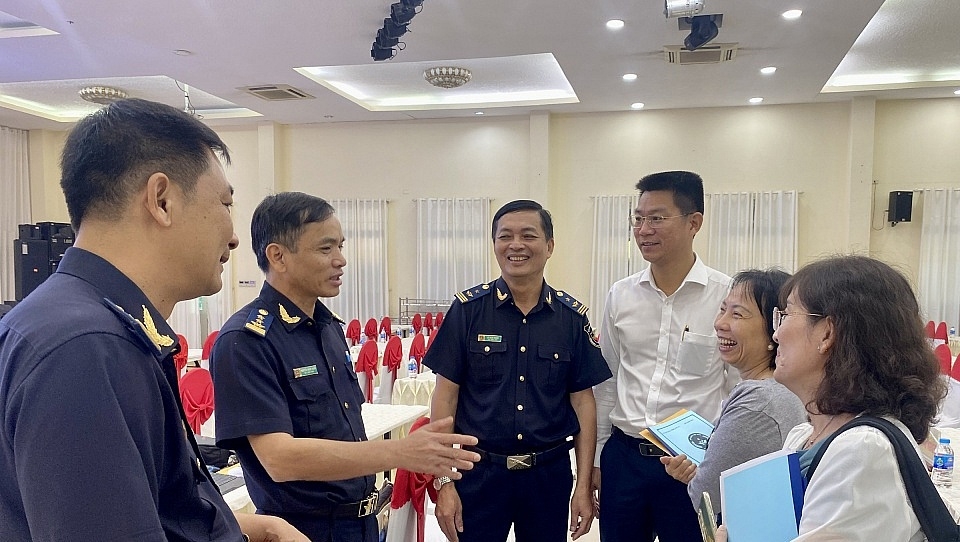
GDVC sets goal of widely disseminating Customs policies
07:49 | 12/02/2025 Customs
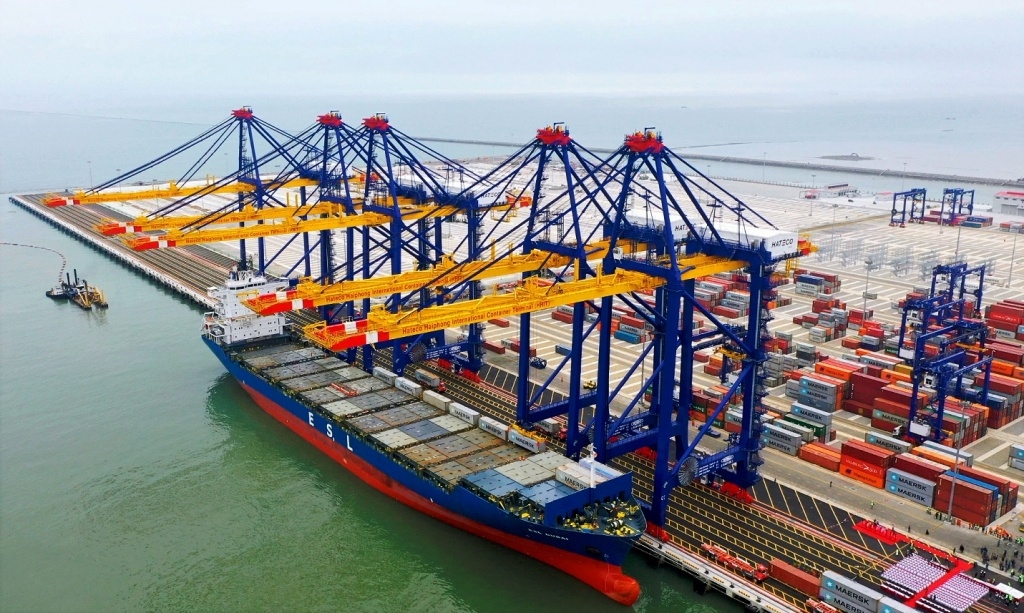
Hai Phong Customs sets out 15 tasks to achieve the revenue target of VND 72,000 billion
10:12 | 11/02/2025 Customs
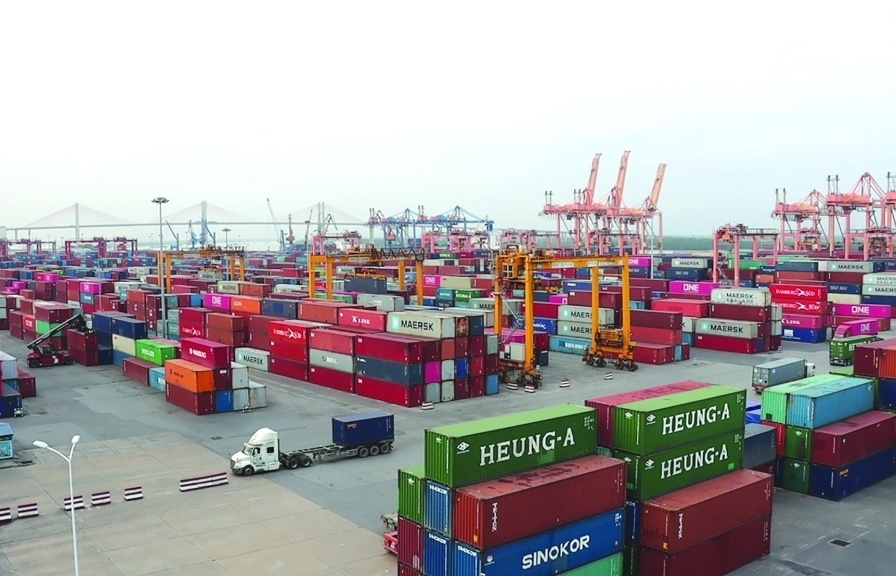
Over 1,500 customs declarations processed by Hai Phong Customs during Tet
14:36 | 10/02/2025 Customs
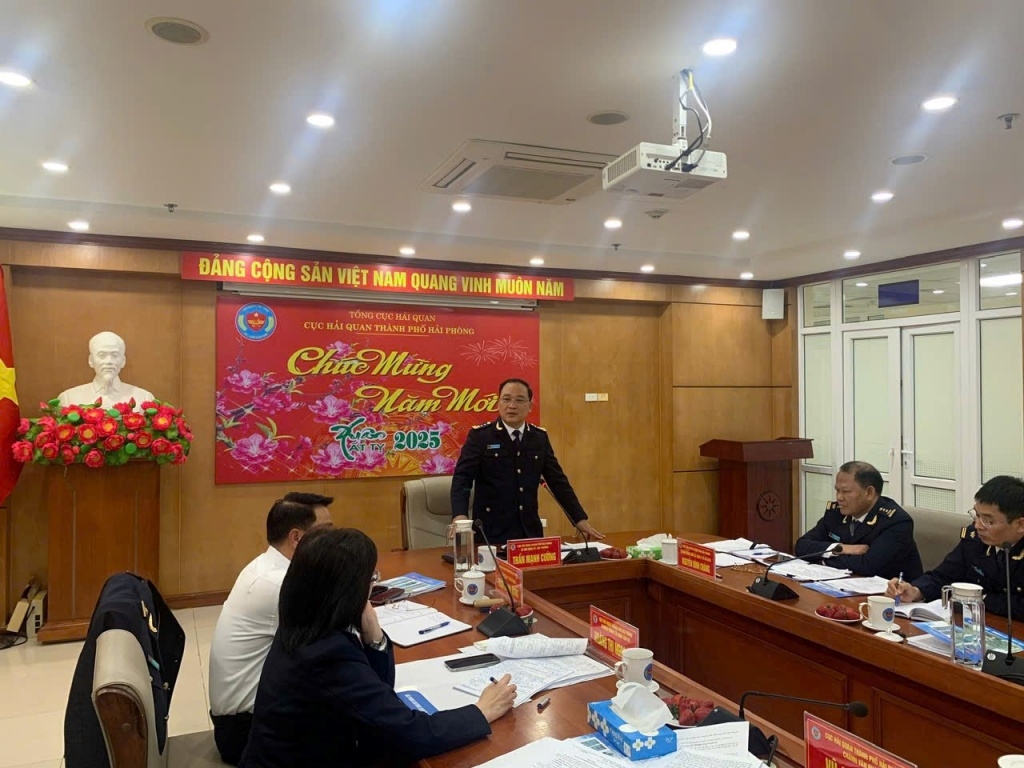
Hai Phong Customs strives to perform tasks from the beginning of the year
08:45 | 09/02/2025 Customs
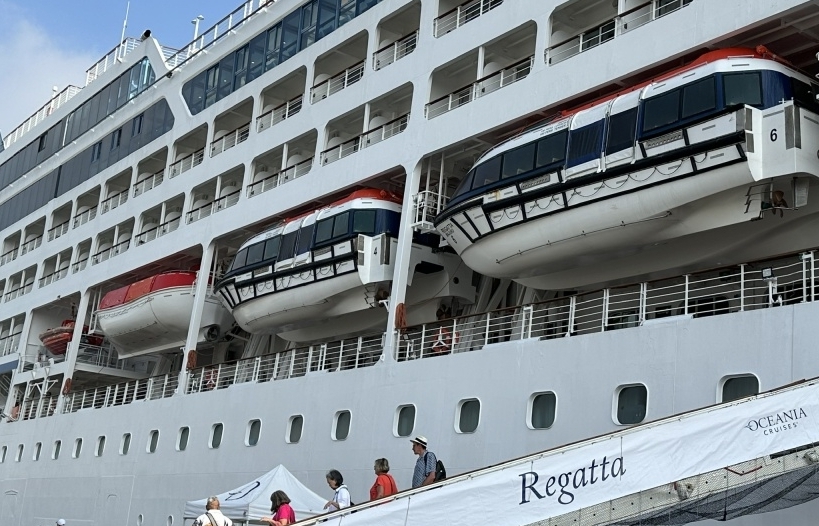
Ho Chi Minh City: Foreign visitors spend more than VND1,500 billion to buy goods upon exit
10:01 | 07/02/2025 Customs
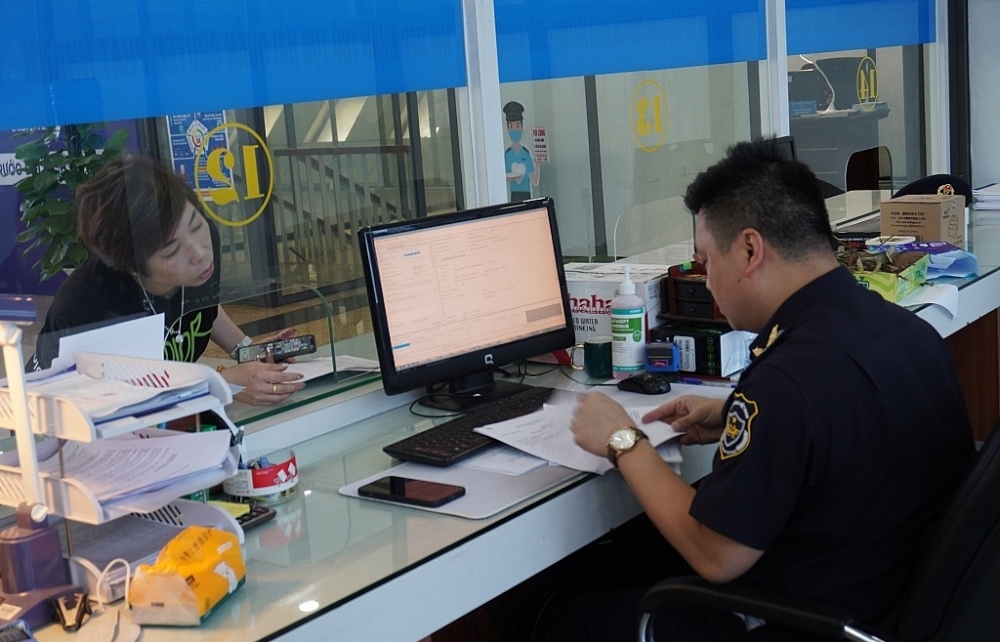
3,500 customs declarations handled in Lang Son over Tet
09:57 | 06/02/2025 Customs
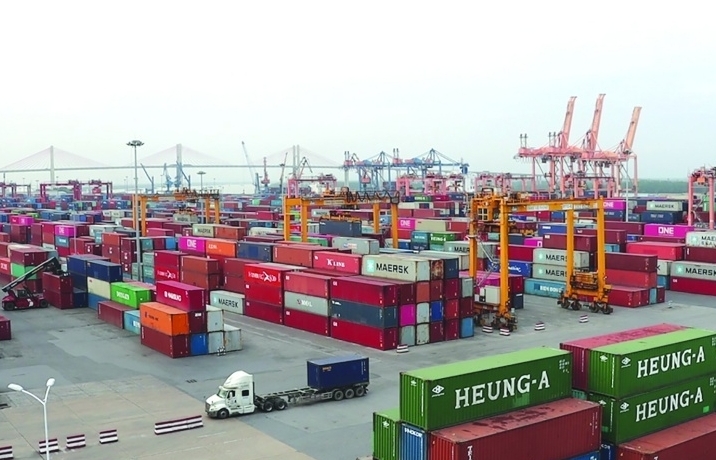
Hai Phong Customs processes more than 1,500 declarations during 2025 Lunar New Year holiday
14:09 | 05/02/2025 Customs
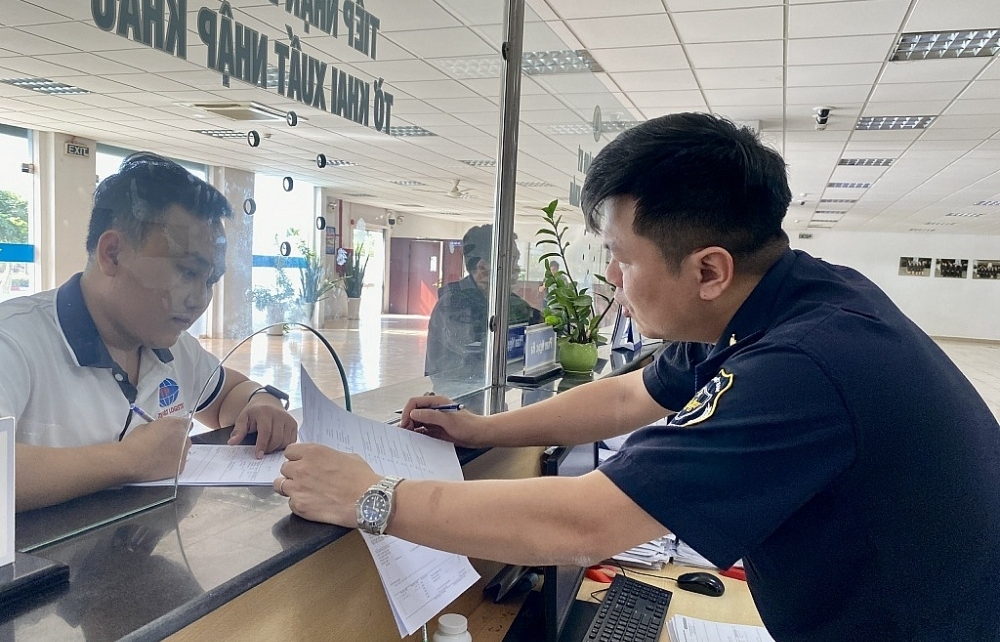
US$10.5 million in trade flows through Binh Duong Customs during Tet During the 2025 Lunar New Year
14:08 | 05/02/2025 Customs
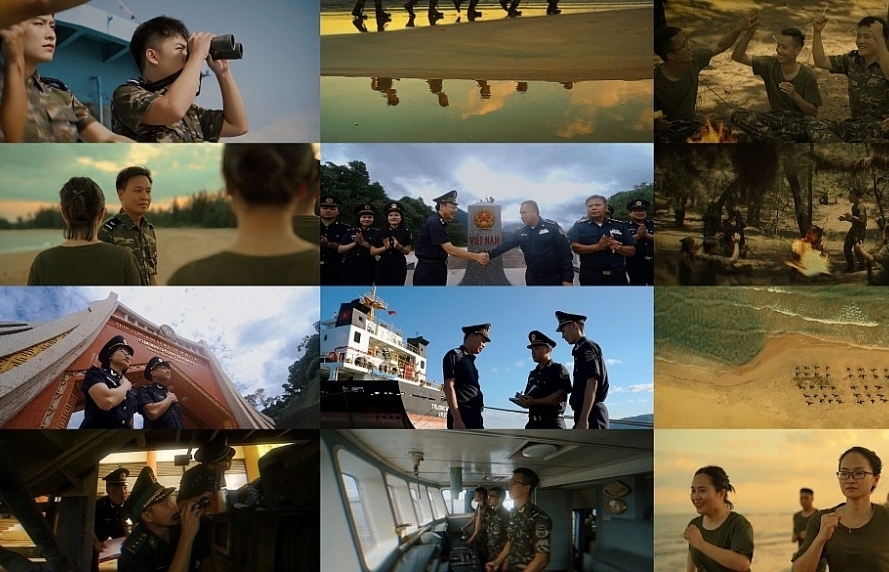
Best covers of Vietnam Customs songs: 15 winners revealed
10:58 | 22/01/2025 Customs
Your care
The system has not recorded your reading habits.
Please Login/Register so that the system can provide articles according to your reading needs.

Vietnam Customs forms implementation task force on developing customs procedures
16:29 | 15/02/2025 Customs
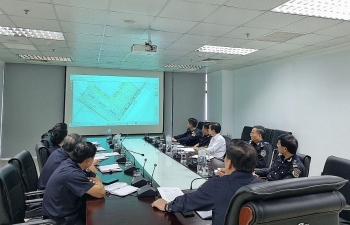
Quang Tri Customs launches business support initiatives
16:29 | 15/02/2025 Customs

Hai Phong Customs’ revenue rises about VND 1,000 billion
14:52 | 14/02/2025 Customs

Administrative reform: Khanh Hoa Customs delivers impressive results
14:52 | 14/02/2025 Customs

GDVC sets goal of widely disseminating Customs policies
07:49 | 12/02/2025 Customs
